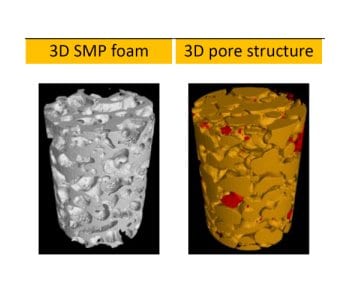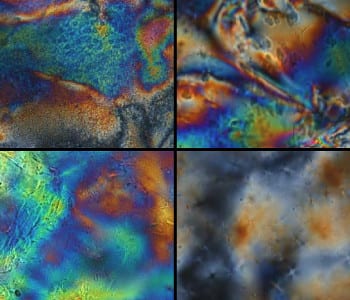Pattern regulation, as observed in regeneration and development, enables cells to cooperate toward the creation and maintenance of complex anatomies. This image shows planaria, of which every piece has the information needed to restore a complete planarian target morphology.




















